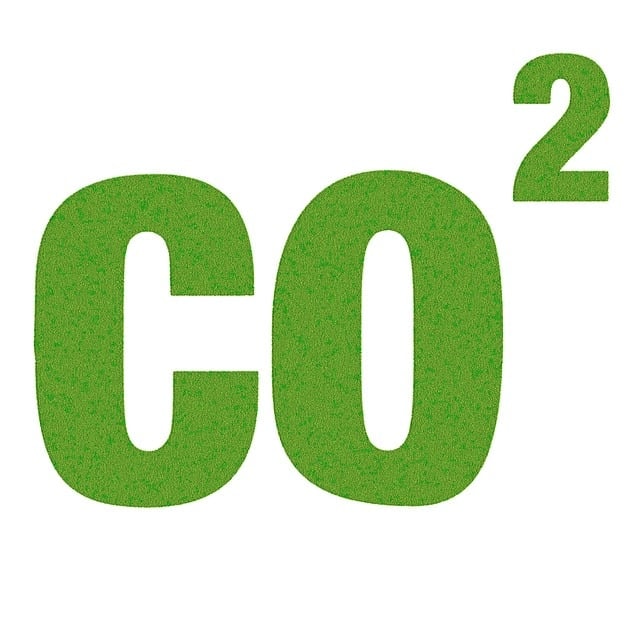What is a Website’s Carbon Footprint?

A website’s carbon footprint refers to the amount of carbon emissions generated by the website’s operations. This includes server energy consumption, data transfer, and user device energy consumption. What is carbon footprints? It represents the total greenhouse gas emissions caused by these activities. Every online action, including website interactions, consumes electricity, contributing to the carbon footprint.
The complexity and the number of interactions on a website play a significant role in energy consumption. To better understand and measure this impact, tools like a web carbon calculator can be used. The more interactions, the higher the energy required, leading to increased carbon emissions when considering the cumulative carbon impact of all websites worldwide.
Understanding Carbon Emissions from Websites
-
Data Centers and Their Energy Consumption
Data centers, the backbone of the internet, have significant carbon footprints due to their immense electricity consumption. Factors such as the size, technology, and infrastructure of data centers contribute to energy consumption. Some data centers consume more energy than others, resulting in higher pollution levels. Website owners can mitigate this impact by choosing green hosting providers that use renewable energy sources.
-
Data Transfer and Its Impact on Carbon Emissions
Sending and receiving data is energy-intensive and requires a network with significant processing power, which uses electricity and produces heat. Most electricity used to power the internet comes from fossil fuels, not renewables, making data transfer a major contributor to carbon emissions.
Why Measure Your Website’s Carbon Footprint?

Climate Change and the Importance of Reducing Carbon Emissions
Climate change poses a serious threat, and reducing our carbon footprint is essential. Online traffic has a significant environmental impact, and websites are a part of this equation. Measuring your website’s carbon footprint raises awareness and encourages eco-friendly practices in the web design industry.
The Importance of Reducing Carbon Emissions for Sustainability
Reducing carbon emissions is crucial for creating a sustainable future. Website owners can contribute by optimizing their websites for a lower carbon footprint and choosing green hosting providers.
The Importance of Reducing Carbon Emissions for Sustainability
-
Reducing carbon emissions is crucial for a sustainable future, and every bit of effort helps.
-
Website owners can make a difference by optimizing their website for a lower carbon footprint and choosing a green host.
What is a Carbon calculator, and How Does it Work?
A carbon calculator estimates the carbon emissions of a website based on factors like data transfer, energy consumption, and other variables. Our free, calculator uses a standardized methodology to calculate website emissions, including the amount of data transferred when a web page loads.
How to Use a Carbon Calculator
A website carbon calculator calculates the carbon emissions of a website using a developed methodology. This tool raises awareness less energy used and encourages eco-friendly practices in web design.
Calculating Carbon Intensity of Electricity and Website Traffic
We use average figures to estimate the energy intensity of web data and adjust for repeat visitors and users who may have cached website assets on their devices. We also check the Green Web Foundation (TGWF) database to see if the data center uses green energy and adjust the carbon emissions accordingly.
Interpreting Your Carbon Footprint Results
When combining all the information, we get a comprehensive view of the emissions associated with an average user visiting any given website. We estimate the total annual CO₂ emissions by multiplying the carbon per page view by the visitor’ typical number of annual page views.
Understanding Your Website’s Carbon Footprint Score
Your website’s carbon footprint score estimates the carbon emissions generated by your website’s operations. A lower score indicates a more sustainable website, and this information can help website owners identify areas for improvement.
Identifying Areas for Improvement to Reduce Carbon Emissions
Reviewing content and using more detailed search engine keywords can help drive targeted traffic to visit the website. Companies need to balance efficiency and user experience, and optimizing website design can help reduce carbon emissions.
Optimizing Your Website for a Lower Carbon Footprint
Switching to hosting based on renewable energy is a good start. The Green Web Foundation has a tool for looking up web hosts and their green credentials. Reducing data transfer and file sizes also helps. Optimizing images and using modern formats like WebP can significantly reduce file sizes.

Choose a Green Host to Reduce Carbon Emissions
Look for a green hosting provider with servers powered by renewable energy sources or carbon offsetting programs. These eco-conscious companies promote energy-efficient technologies and encourage a sustainable future.
Website Optimization Techniques to Reduce Carbon Footprint
1. Reduce Page Weight and Improve Page Speed
A slow-loading website consumes more energy and produces more emissions. Every byte counts in reducing the amount of data on your website. Reducing page weight and improving page speed can help your sites reduce carbon emissions and enhance user experience.
2. Regularly Check for Redundant Content and Block Bots
Regularly cleaning up unused pages saves energy and helps site visitors find the right content. Identify and block bots that do not add value to your site. Use a bot management solution or block individual or entire IP address ranges.
3. Optimize Images and Use Modern File Formats
High-resolution images can significantly increase data transfer and energy consumption on web pages. Compress images and use modern file formats like WebP to reduce file sizes without compromising quality. This optimization decreases load times and reduces the overall carbon footprint of your website.
4. Minimize Use of JavaScript and Third-Party Plugins
Excessive JavaScript and third-party tools and plugins can slow down your website and increase energy consumption. Audit your website to identify unnecessary scripts and plugins. By minimizing their use, you can enhance website performance, improve user experience, and lower your website’s carbon footprint.
Every Bit of Effort Helps reduce carbon emissions from Websites
Reducing your website’s carbon footprint is crucial for the environment. Every effort counts, and website owners can make a significant impact by optimizing their websites and choosing green hosts. Joining forces to conserve the planet is essential, and together we can create a sustainable future.
